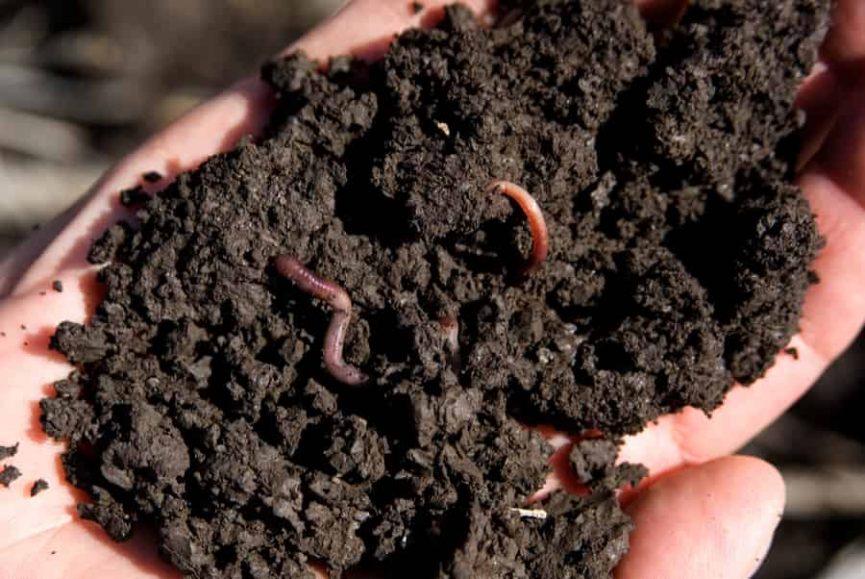
Vijay Kumar I Alpana Bharti I Yogesh Kumar Negi I Omprakash Gusain II Piyush Pandey I Gajraj Singh Bisht I, *Ĭorresponding Author. Screening of actinomycetes from earthworm castings for their antimicrobial activity and industrial enzymes The results of these findings have increased the scope of finding industrially important actinomycetes from earthworm castings and these organisms could be promising sources for industrially important molecules or enzymes.Īntimicrobial activity enzymes earthworm castings actinomycetes

The isolate EWC 7(2) was most promising on the basis of its interesting antimicrobial activity and was identified as Streptomyces rochei.

In the view of its antimicrobial activity as well as enzyme production capability the genus Streptomyces was dominant. More interestingly 2, 3, and 1 isolates produced amylase, xylanase and lipase at 45☌ respectively. Among 48 isolates 38, 32, 21, 20, 16 and 14 produced enzyme amylase, caseinase, cellulase, gelatinase, xylanase and lipase respectively while 10 isolates produced all the enzymes. Out of 25 active isolates 16% showed activity against bacterial, human fungal as well as phytopathogens. Among the 48 isolates, 52.08% were found active against one or more test organisms. Besides these, other genera like Micromonospora, Actinomadura, Microbispora, Planobispora and Nocardiopsis were also recovered but in low frequency. The dominant genera Identified by cultural, morphological and physiological characteristics were Streptomyces (60.41%) followed by Streptosporangium (10.41%), Saccharopolyspora (6.25%) and Nocardia (6.25%).

The growth patterns, mycelial coloration of abundance actinomycetes were documented. Highest numbers of isolates were recovered from forest site (58.33 %) as compared to grassland (25%) and agricultural land (16.66%).

A total of 48 isolates were obtained from 12 samples of earthworm castings. Actinomycetes from earthworm castings were isolated and screened for their antimicrobial activity and industrial enzymes.


 0 kommentar(er)
0 kommentar(er)
